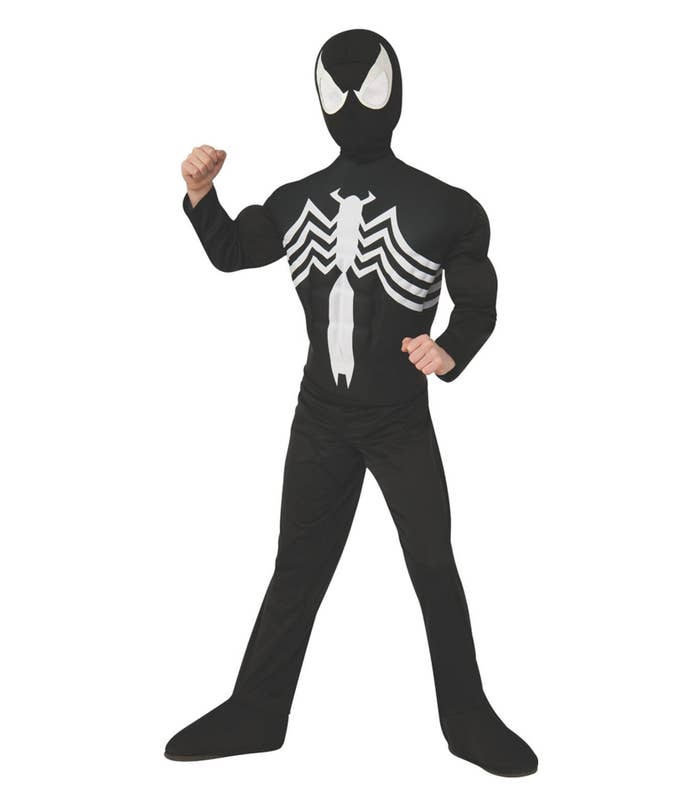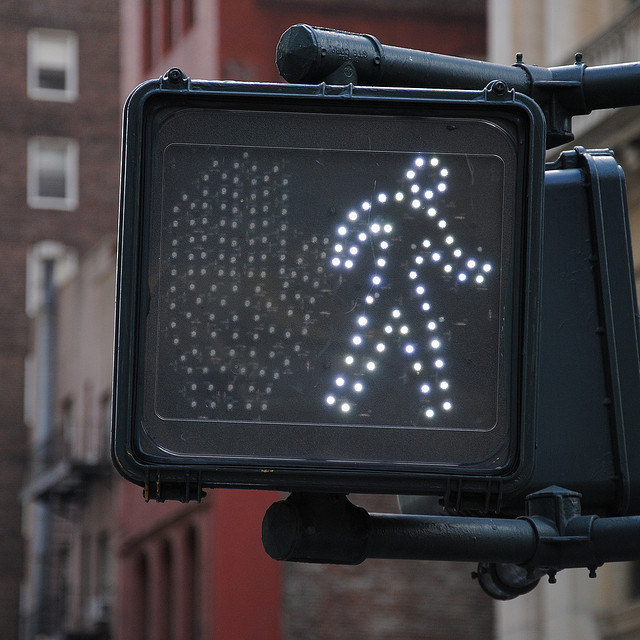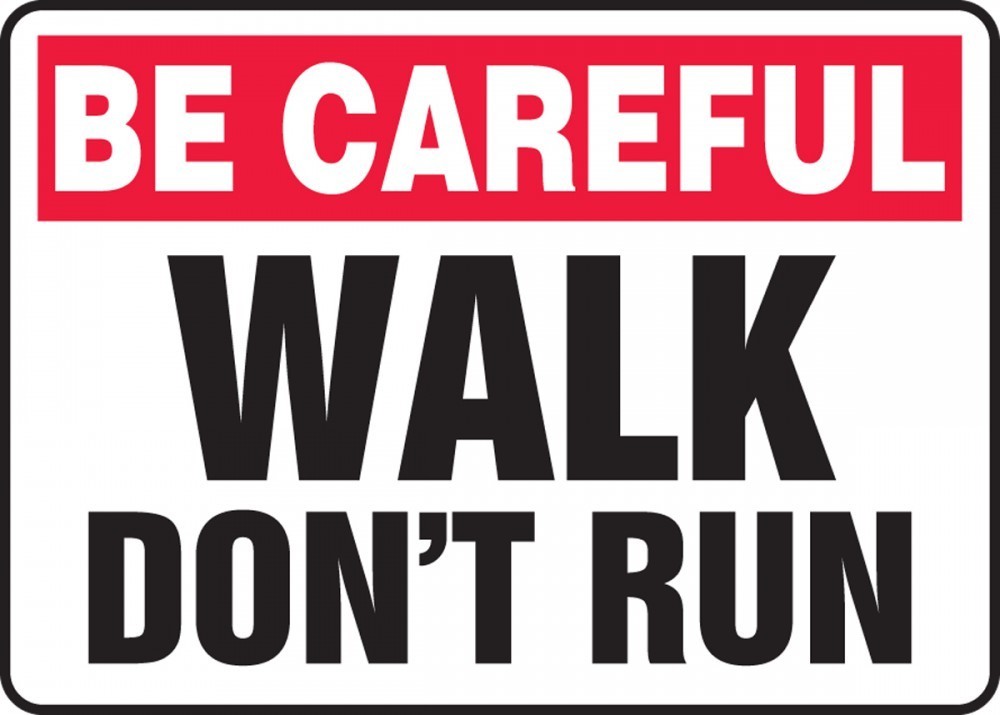1.
Substitute face paint for a mask whenever possible.
2.
Increase your kid's visibility as much as possible.
3.
Skip the dark costumes which are hard to see at night.
4.
Be careful with weapons and accessories.
5.
Take younger children trick-or-treating while it's still light out.
6.
Keep track of your older trick-or-treaters with an app.
7.
Tell older kids to keep their cell phones in their pockets.
8.
Keep your head up as well!
9.
Kids should obey all pedestrian rules.
10.
Avoid houses that don't look welcoming.
11.
Tell your kids to only accept treats in the doorway of a home.
12.
Stay away from animals you don't know.
13.
Teach your kids to wait until they're home to eat their candy.
14.
Drill this into your kid's head: "Walk, don't run!"
15.
Be prepared for fire.
16.
Lookout for pumpkins and other things your kid could trip over leading up to houses.
17.
Teach older kids not to let anyone suspicious join their party.
















